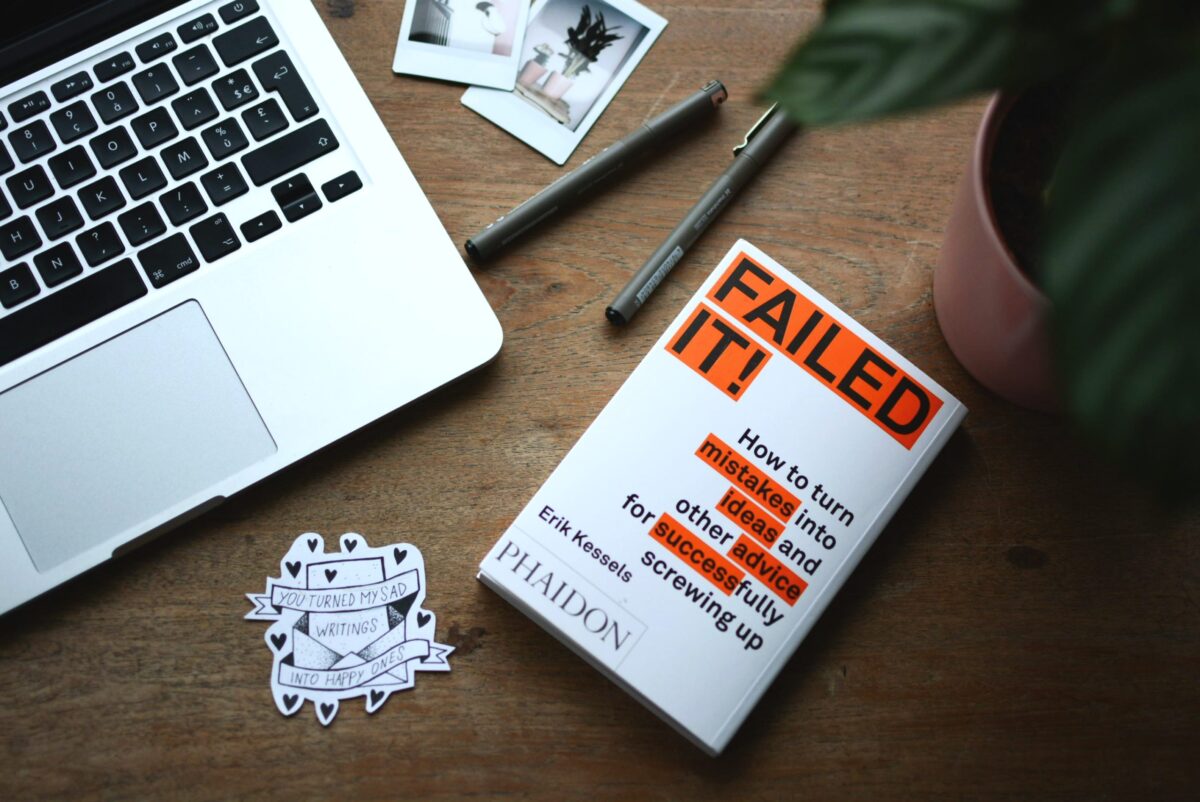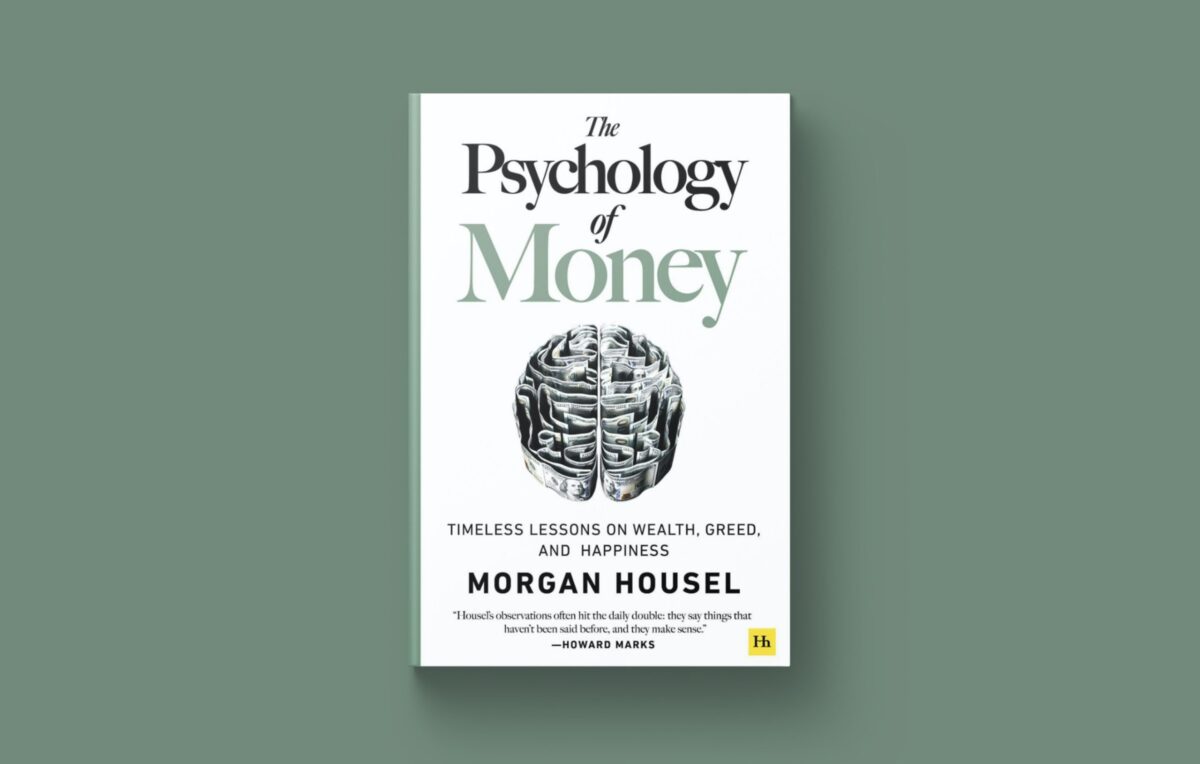No products in the cart.


One of the best-known methods for writing a book that reaches your ideal audience is to imagine you are writing for one person who represents the audience you want to meet.
If you want to write a book that will help women entrepreneurs, you might envision a woman in her forties. She is divorced. Her two children are in college. She has recently downsized her living space. She’s reached a dead-end place in her corporate job. She has an idea/product/service that she wants to market.
Interview Her
Keeping this person in mind will help you focus on relevant material for your book. You can take this a step further.
Imagine that you’re this woman’s business coach. Think about the kinds of questions she might. These questions will vary, based on the particular focus of your book. Here are some samples:
Practical Questions
- How do I get start-up financing?
- What kind of legal entity should my business be?
- Should I keep my current job and start the new business in my spare time?
- Can I (do I have to) do it all on my own?
- If I take on a partner, what do I need to consider?
Motivational Questions
- How do I develop the will and stamina to persist?
- What professional organizations should I join?
- What can I do to keep my dream alive?
- What are good sources for creative inspiration?
- How do I keep my life in balance?
Fill in the Picture
Once you’ve completed the list of questions, write down your best answers. As you do so, imagine that you’re speaking directly with this woman. Listen for the additional questions your answers elicit. Write them down, too.
If you have chosen your questions well, this process will give you the foundation for a book.
As you write it, continue to keep your ideal reader in mind. Pause from time to time, and ask her, “Does that answer your question?” Don’t be surprised if she answers you. You may discover that you’re engaging in an ongoing dialogue with her.
You will need to have more material in your book. You will probably want to interview successful women entrepreneurs and include other success stories you’ve discovered in your research.
Here again, your ideal reader can help you. When you choose among stories, ask her, “Does this inspire you? Does it provide practical information?”
She will probably become real for you. You’ll miss her when you’ve finished your book. However, you will have your reward. Her counterparts will read your book and say to themselves, “How did this author know exactly what I needed to read?”
You’ll know why—and it would be a nice touch if you dedicate your book to her.
The links below will give you further insights into getting to know your ideal reader.
How to Find Your Ideal Reader (and why you should get to know them ASAP)
Pat Iyer is a book coach who works with authors to plan their books so that they are laser targeted on their ideal reader. Reach Pat through her website at http://patiyer.com.


















